From National Geographic to reality; it’s wild to think you can actually meet the Maasai, kings of the African savannah.
During my safari in the Masai Mara National Park, I visited the Maasai Tribe and experienced firsthand what I had only seen on the screen for years.
Now, I’ll tell you all you should know about the Maasai. You’ll find out what to expect from a Maasai village visit and learn some fascinating facts about the Maasai tribe.
Who are the Maasai people?
Historically, the Maasai were nomadic people of East Africa, who used to move with their cattle across the African plains. However, with the establishment of national parks, they transitioned from a nomadic lifestyle to a settled way of living.
They speak the Maa language, and that’s where their name ‘’Maasai’’ comes from, meaning “one who speaks the Maa language.”
The Maasai Tribe can be found in southern Kenya and northern Tanzania and is considered one of the most famous African tribes. It’s one of a few tribes that managed to preserve its unique culture and traditions despite modern influences. Practices such as drinking blood and polygamous marriages are still an important part of the authentic Maasai culture.
Today, over 1.2 million Maasai people are living in Kenya and about 800.000 in Tanzania.
Maasai Village
A visit to a Maasai village is one of the best cultural experiences in Kenya. Even though some villages may seem commercialized, with more Maasai realizing they can profit from the tourist’s curiosity, the experience remains well worth it.
Many local tour operators offer Massai village tours, but if you want to have the most authentic experience, you can consider going on your own and spending a few days with local Maasai people. This way, you’ll have more time to immerse in their unique culture and traditional way of life.
But, you must be prepared for the lack of modern comforts because you’ll likely be sleeping in one of their traditional houses made from soil, urine, and cow dung. If you are not willing to sacrifice comfort for a unique experience, your best option is to book a day tour of a Maasai village.
What to expect when visiting a Maasai village
First of all, there are two ways to go on a Maasai village tour. If you’re going on a Maasai Mara safari, your guide will offer you a visit to a Masai village on the last day of your tour. Alternatively, you can book a day tour from Nairobi. You’ll have to pay an entrance fee of $25.
Since I booked a group safari tour to the Masai Mara, I visited a Maasai village with a few other people.
When we arrived in the village, we were greeted by Maasai warriors, who then performed their traditional jumping dance, called Adumu. After that, they demonstrated how they start a fire by rubbing sticks. Although it was quite impressive, the best part came afterward: a tour of a local house and a long chat with a Maasai.
Based on what I learned from his stories and conversations with some others, here are some fascinating facts about the Maasai Tribe.
Fascinating Facts About the Maasai Tribe
Women Build The Houses
Probably one of the most surprising facts about the Maasai is that women are responsible for building houses. Maasai women construct traditional huts, called Enkaji, which typically take around two months to complete. The huts within a Maasai Boma (homestead) are made from branch arches, mud, cow dung, and urine. The roof is always plastered with cow dung and that’s what makes it waterproof.
The Maasai Boma typically consists of around 10 houses set in a circle. At the center of the circle, there’s a fenced area where they keep their cows and goats at night to protect them from predators like lions. This shows how important both community and livestock are in Maasai life.
The Maasai Men Practice Polygamy
The Maasai men practice polygamy and can marry multiple wives if they can afford the bride price for each. When a man wants to marry, he has to pay a dowry to the bride’s father, which is usually 10 cows at minimum.
Cattle are incredibly important in the Maasai society and are a symbol of wealth, so men spend most of their time collecting cows. As a man has more cattle, he marries more wives to help him take care of the livestock and household. This is the reason why polygamy has become an integral part of Maasai culture.
Cattle Are More Important Than Anything Else
For the Maasai, cows are everything. They are not just a source of food but are also used in their rituals and represent the main form of wealth and currency in Maasai society. The Maasai trade cows for goods and services and even use them as dowry. That’s why, in many cases, cattle are more important to the Maasai than women and children.
The Maasai Drink Fresh Cow Blood
One of the most surprising (and shocking) facts about the Maasai Tribe is their tradition of drinking fresh cow blood. They believe that blood is packed with essential nutrients and that it boosts the immune system.
The way they drain blood from a cow is quite interesting. They use an arrow to create a small hole in the cow’s neck, and then collect blood without harming the animal.
The tradition of blood drinking is usually reserved for special occasions such as when young men get circumcised, when women give birth, or when someone gets ill with malaria, for example. They would often mix blood with milk for extra benefits.
The Maasai Don’t Bury Their Dead
Although modern Maasai bury their dead, those from older generations don’t. They believe that burial is harmful to the soil and that death is the absolute end. So, they take the deceased person’s body, smear it with oxblood, and then leave it in the bushes for predators to consume. If the body is not eaten within the first 24 hours, it is believed that the deceased was a bad person. The Maasai believe that when someone dies, all their sins are passed on to their family. So, better for the family if the body is eaten quickly.
The Maasai Warriors Used to Hunt Lions
Maasai warriors are considered some of the bravest people in Africa because of their long history of lion hunting. Hence why many hotels hire them as guards.
Traditionally, young Maasai warriors used to kill lions as a rite of passage into manhood. A group of young Maasai would hunt together, and the one who successfully killed a lion with a spear would wear its mane as a trophy. This mane served as a symbol of his bravery and courage. However, not every Maasai has killed a lion; if that were the case, there would be no lions left.
Today, lion hunting is illegal, so modern Maasai are now more focused on protecting them.
Maasai Women Shave Their Heads and Eyebrows
For the Maasai, shaving their heads is a long tradition and part of every rite of passage. It’s common for young children and women to shave their heads, while Maasai warriors are allowed to wear long hair, often styled in braids.
Two days before boys are circumcised, their heads are shaved, marking a significant transition into manhood. At around the same age, girls also have their heads and eyebrows shaved, emphasizing their rites of passage.
Women are allowed to grow their hair only for a short period, typically three months after giving birth.
Maasai Warriors Always Wear a Traditional Dress and Carry a Stick
The Maasai warriors are easily recognized thanks to their distinctive dress, traditional jewelry, and the stick they always carry around. They typically wear shúkà, a traditional red or blue robe worn by both men and women, which reflects their cultural identity.
An important part of their attire is the fimbo, or walking stick, that they use to protect their families and cattle from animals. Sometimes, they will also carry the rungu, a wooden club, or the seme, a lion’s sword. As they often have to deal with wild animals, they have special permission to carry these weapons.
The Maasai Always Wear Symbolic Jewelry
For Maasai, both men and women, their beaded jewelry is far more than decoration; it’s a part of their identity.
When you see images of the Maasai, you’ll notice their colorful jewelry from head to toe. Each color of the bead holds a special meaning: red means bravery, white means purity, blue is for energy, and green is for the land. The style of jewelry also indicates social status, with unmarried women often wearing flat discs and married women adorning themselves with long blue necklaces.
The Maasai jewelry is especially important in women’s lives. When a Maasai woman gets engaged, her mother creates a unique beaded necklace that symbolizes her commitment, with intertwined strings representing the bond between husband and wife. Alongside this, a wedding collar is crafted—a large, flat, leather disk adorned with colorful geometric patterns that serve as a map of her village. Each element, from the outer ring symbolizing the village fence to the central hole representing the livestock area, holds deep meaning.
There’s a Meaning Behind the Adumu (Jumping Dance)
Adumu, also known as the jumping dance, is a sort of mating ritual where young Maasai warriors jump high to demonstrate their strength and attract brides.
The warrior who jumps the highest not only proves his strength but also increases his chances of attracting a bride, as the dance is often performed during important ceremonies where young women observe the warriors’ abilities.
If you’re wondering if visiting a Maasai village is worth it, it definitely is! You’ll experience the Maasai way of life firsthand – from watching the Adumu (jumping dance) to visiting their houses. Plus, you may discover some more fascinating facts about the Maasai tribe.
Read Also: The Ultimate Guide to the Masai Mara Safari in Kenya
Read Also: Is Kenya Safe to Visit as a Solo Female Traveler


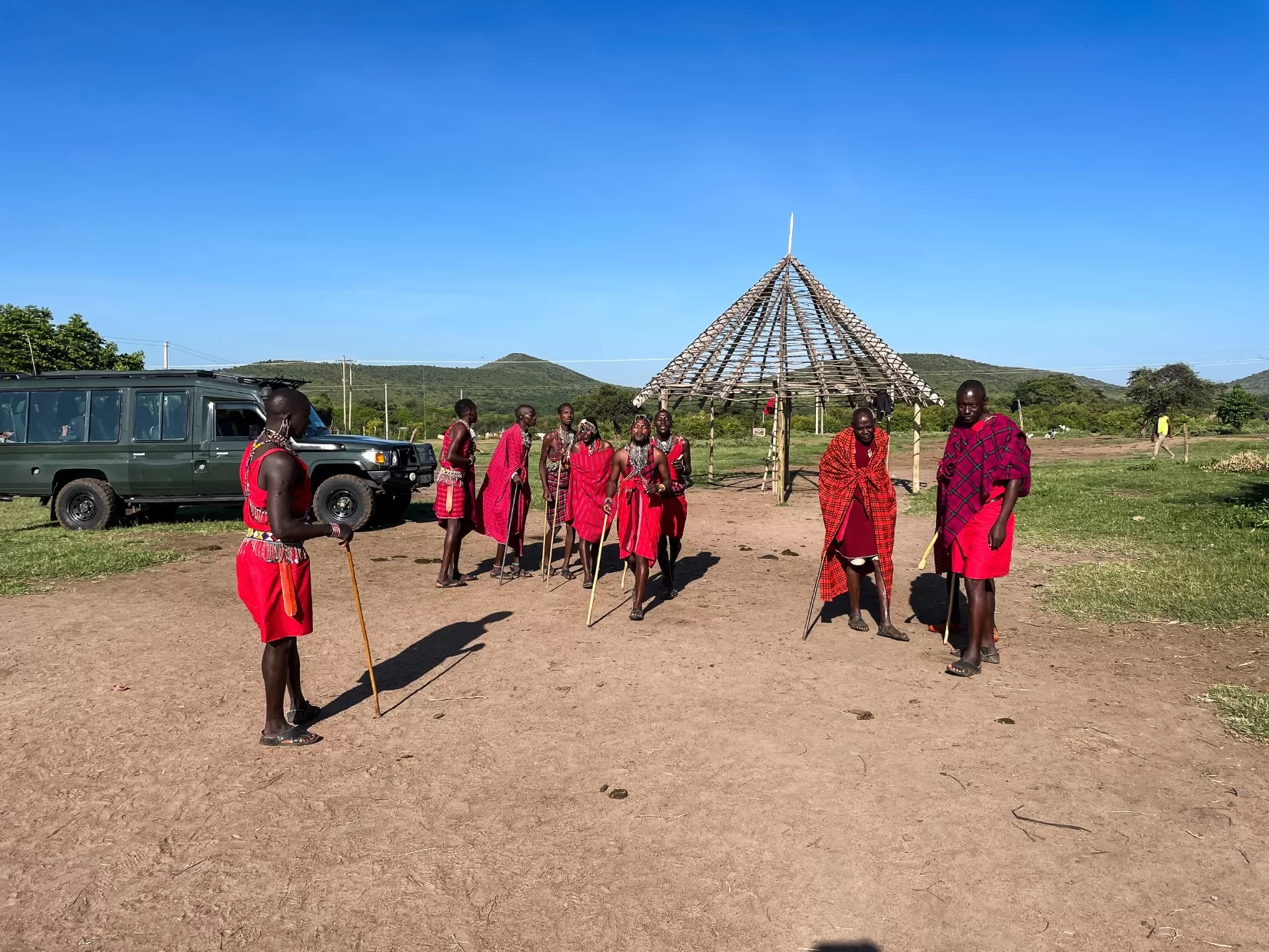
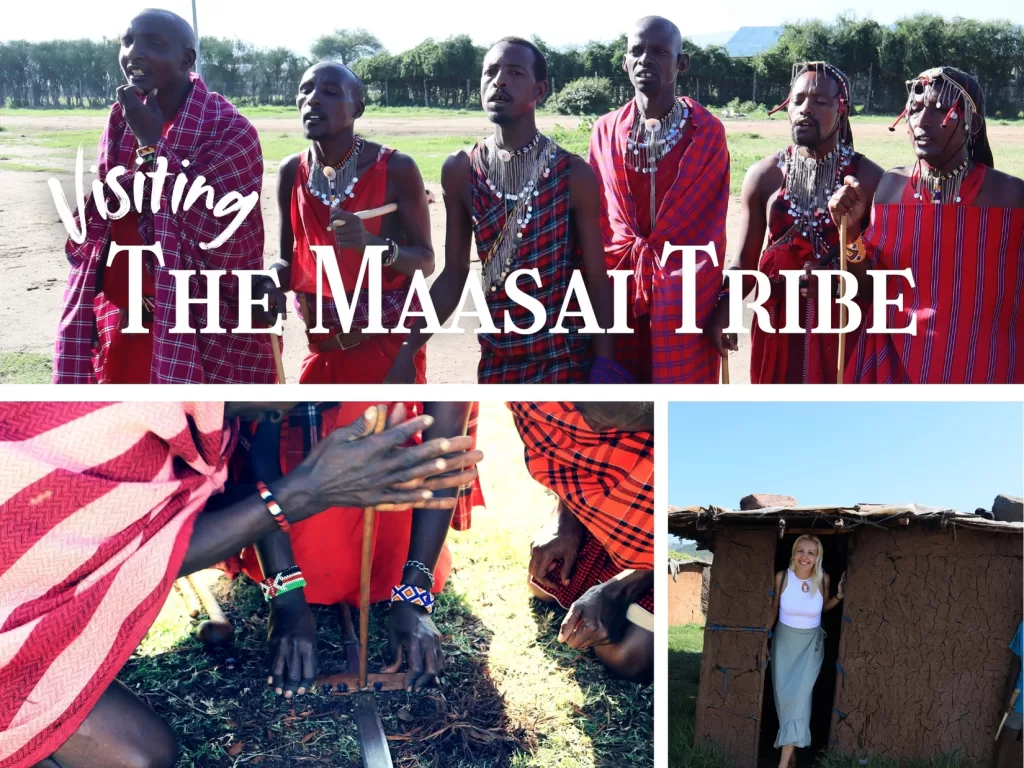


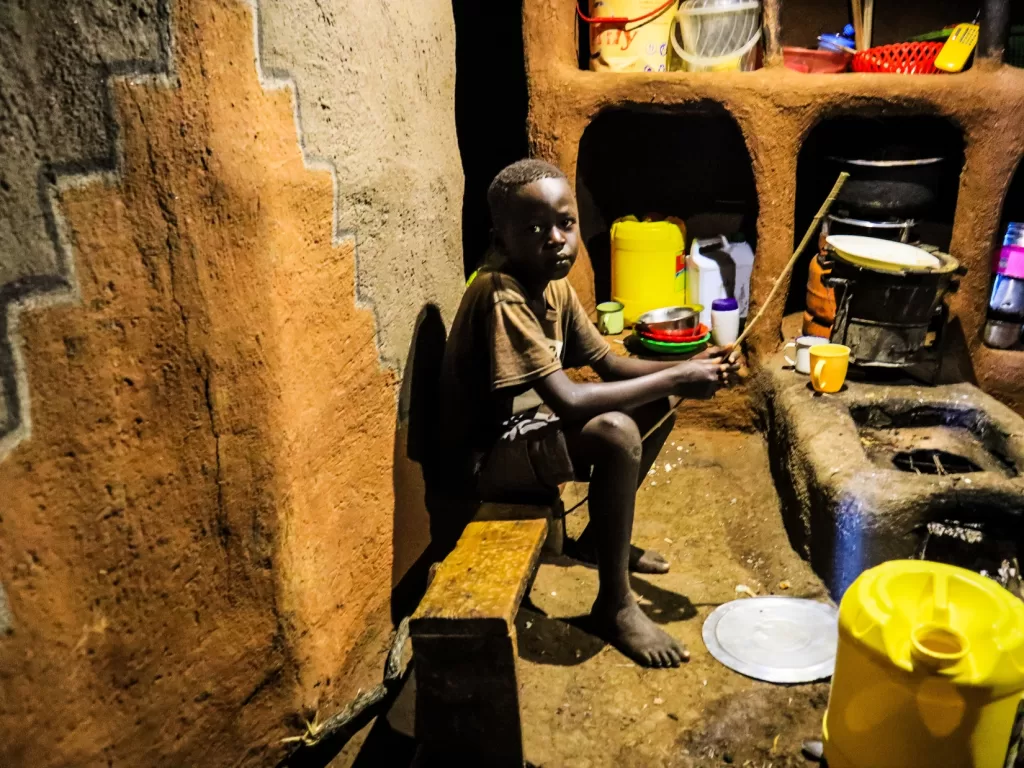
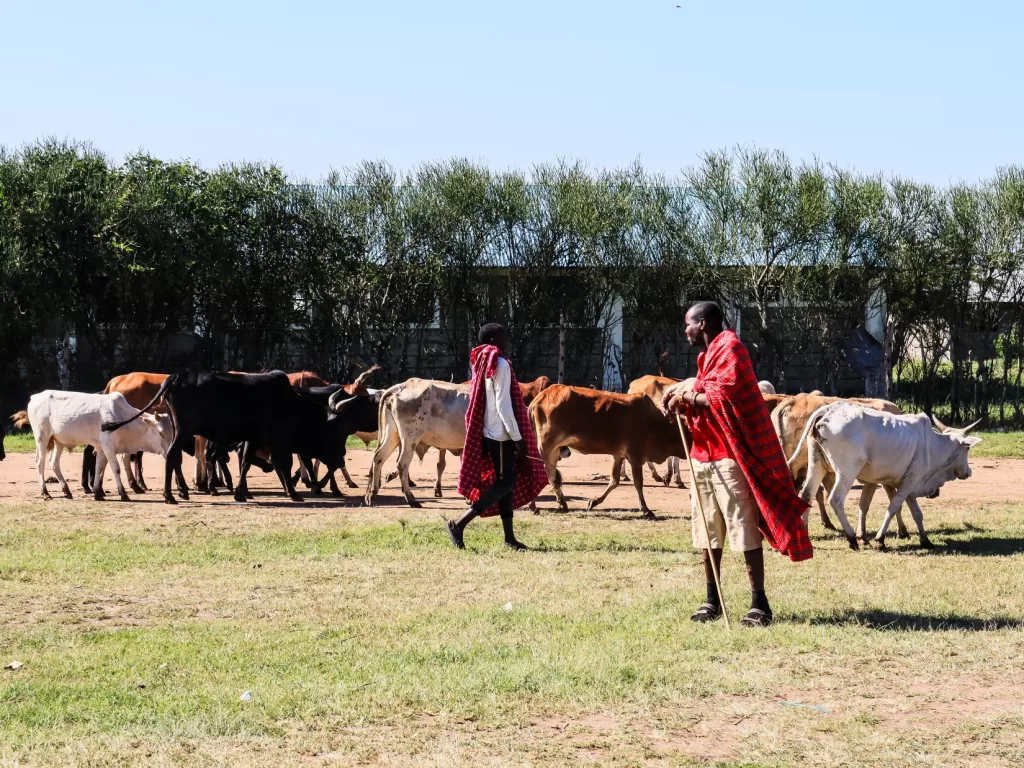
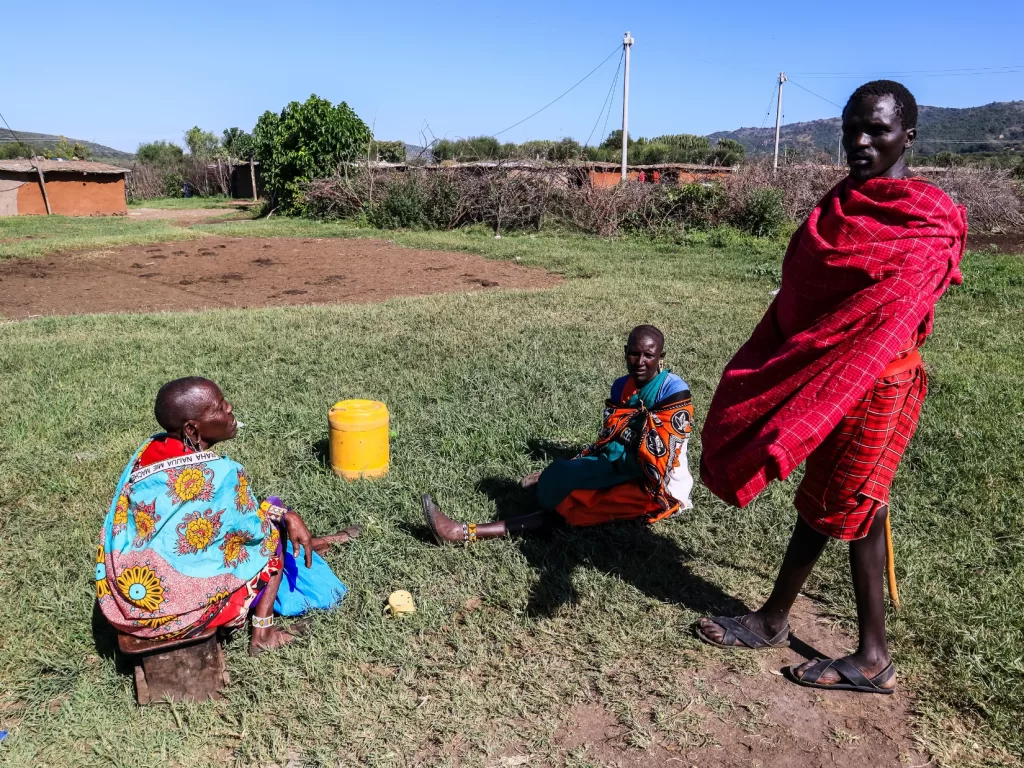
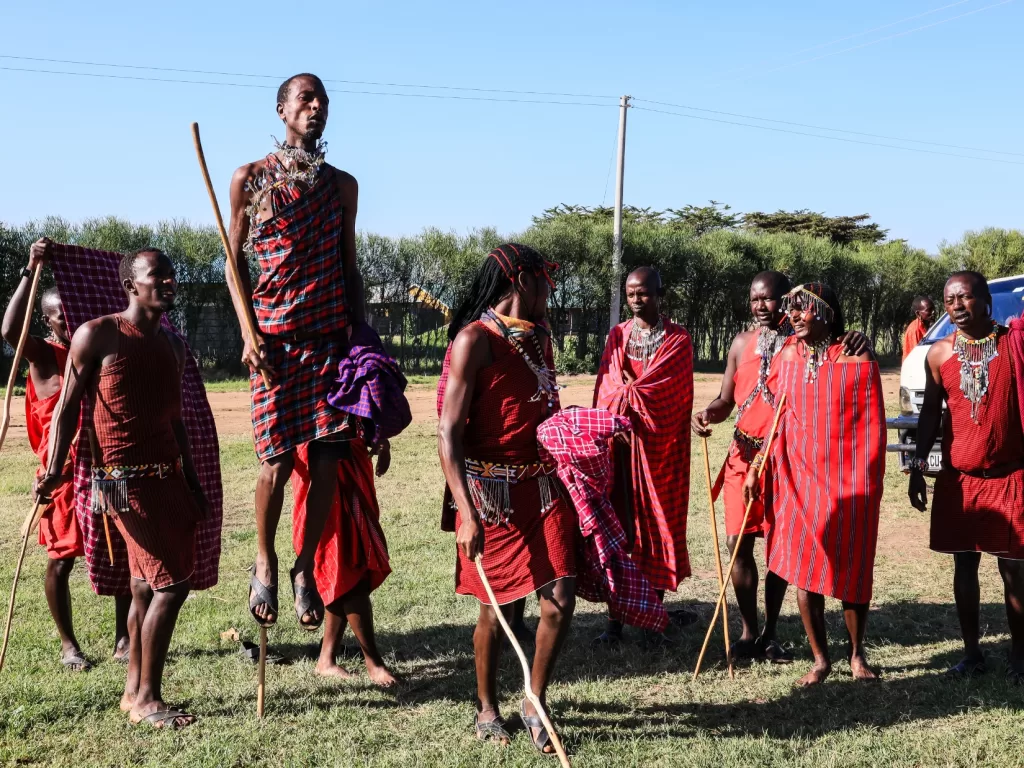
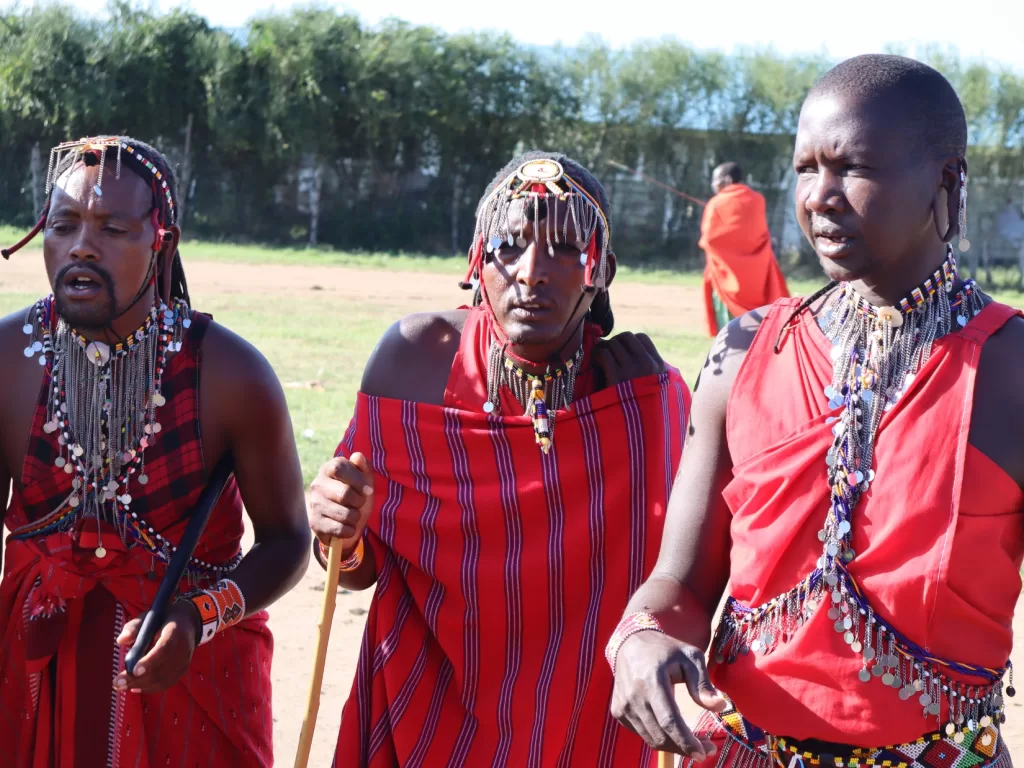
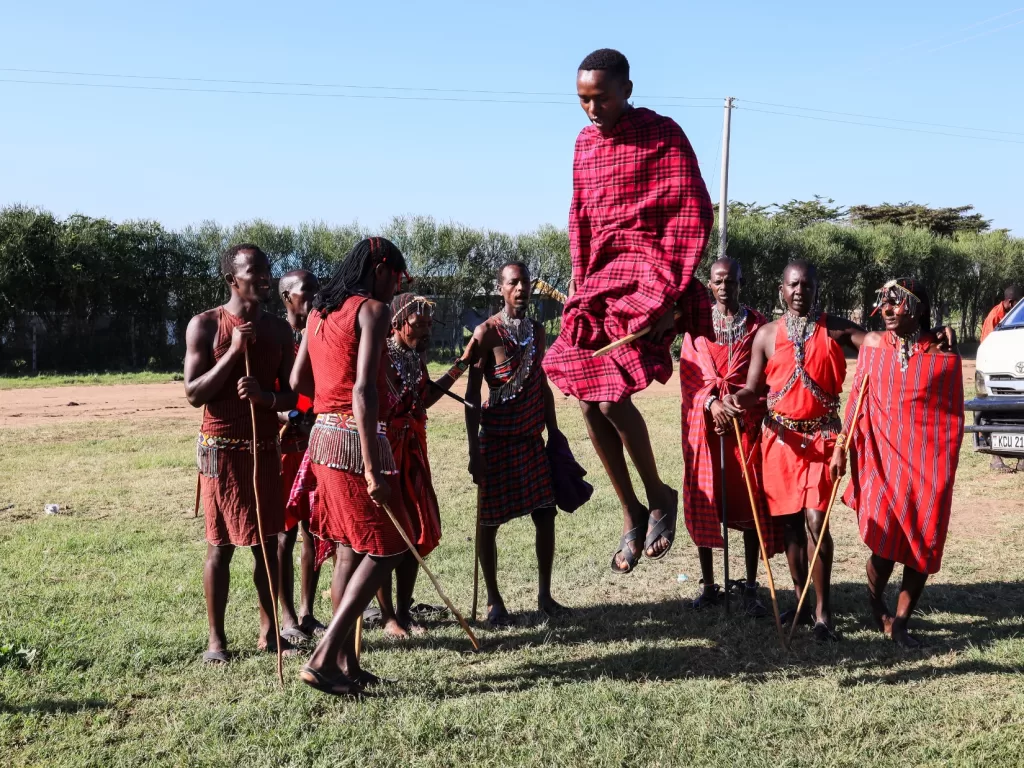
Leave a reply